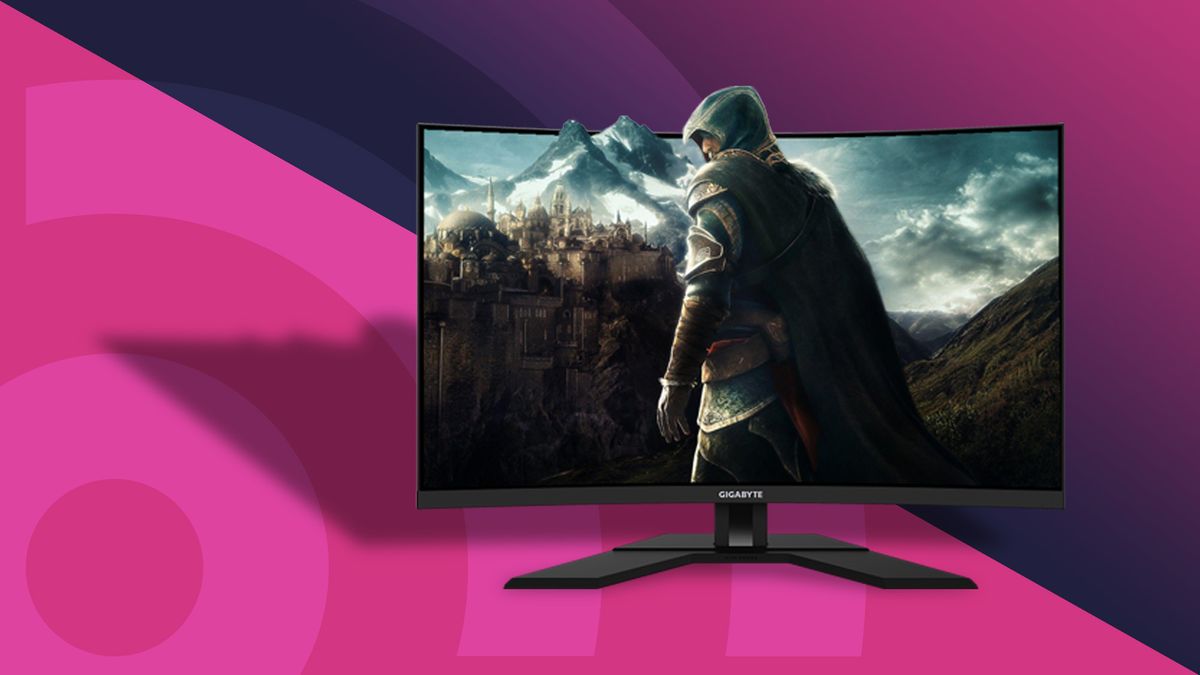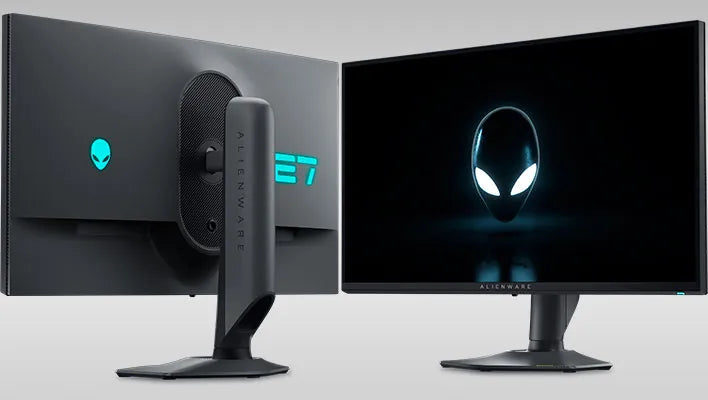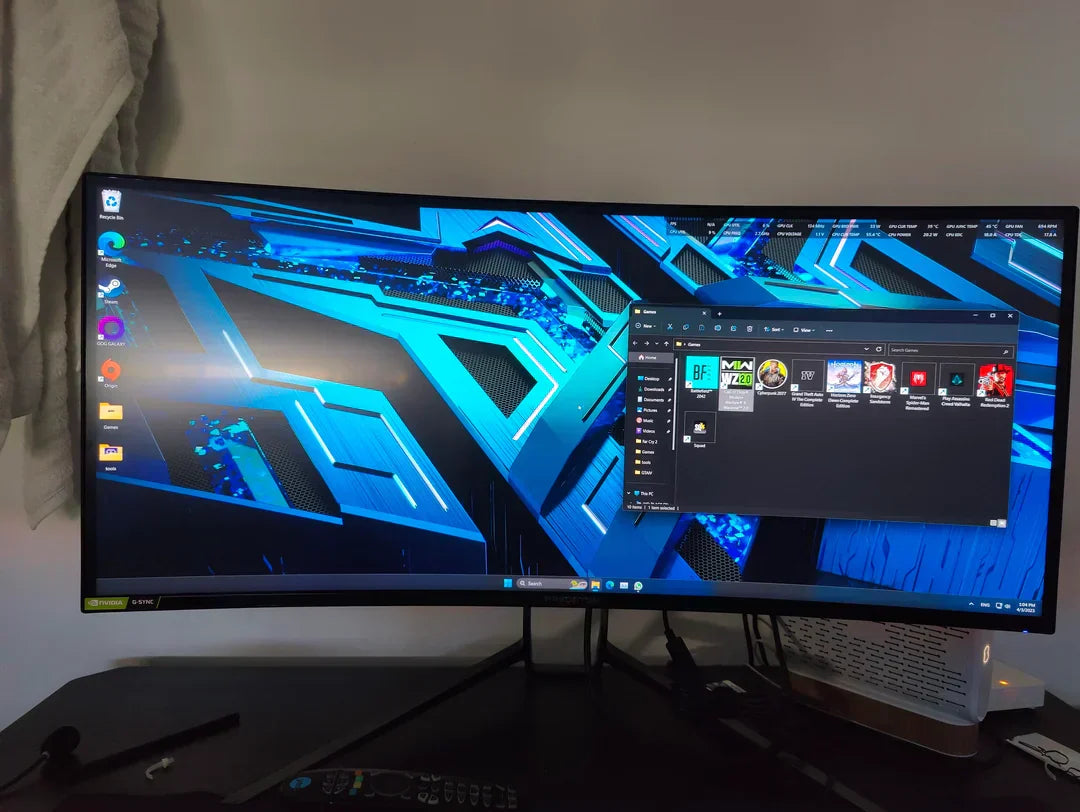IPS displays are excellent for TVs due to their wide 178-degree viewing angles and accurate color reproduction, making them ideal for group viewing. With typical response times around 4-8ms, they handle most content well, though hardcore gamers may prefer faster OLED panels. IPS panels also offer higher brightness (300-600 nits) than VA alternatives, enhancing HDR performance. Their main drawback is lower contrast ratios (~1000:1) compared to VA or OLED screens, but their consistent image quality from all angles makes them a popular choice for family entertainment.
Viewing Angles & Color
IPS panels dominate TV markets where wide seating arrangements exist because they maintain consistent color accuracy up to 178 degrees, unlike VA panels that shift at just 20-30 degrees off-center. Tests show IPS TVs retain 95%+ color fidelity at extreme angles, while VA screens drop to 60-70% brightness and suffer noticeable gamma shift. This makes IPS ideal for living rooms with 3+ viewers spread across a 120°+ arc.
Color reproduction is another strength—IPS covers 90-98% of DCI-P3 in mid-range models (e.g., LG NanoCell) and hits 100% sRGB even on budget options like the $500 Hisense U6H. Compare this to entry-level VA TVs struggling with <85% DCI-P3, causing oversaturated reds and crushed blacks. Factory calibration averages Delta-E <3 on IPS flagships (Sony X95K), meaning colors deviate less than 3% from industry standards—critical for design work or film editing.
IPS’s 4-8ms response time minimizes smearing during panning shots, though fast-paced gaming at 120Hz may reveal slight blur versus OLED’s 0.1ms. Input lag stays competitive at 14-18ms in Game Mode (LG QNED85), matching VA alternatives.
Key Metrics Comparison (IPS vs. VA)
|
Metric |
IPS TV (e.g., LG QNED80) |
VA TV (e.g., Samsung Q60B) |
|---|---|---|
|
Viewing Angle Stability |
178° (<5% brightness drop) |
160° (30% brightness drop) |
|
DCI-P3 Coverage |
92% |
84% |
|
Contrast Ratio |
1,100:1 |
4,500:1 |
|
Calibrated Delta-E |
2.8 |
3.5 |
|
Off-Axis Color Shift |
<5% at 45° |
>25% at 45° |
Lower native contrast (~1,000:1 vs. VA’s 3,000-6,000:1) forces reliance on local dimming (often 16-32 zones in mid-range IPS vs. 50+ zones in VA). This limits HDR impact—IPS TVs like the $800 TCL 6-Series hit 600 nits peak brightness, but VA models (e.g., Samsung Q70B) reach 800+ nits with deeper blacks.
For mixed daylight/night viewing, IPS balances glare reduction (matte coatings reduce reflections by 40% vs. glossy VA) and consistent hues.
Choose IPS if your TV faces 3+ viewers or needs accurate colors from any seat.
Brightness & HDR
Take the LG NanoCell 85: it pushes 650 nits in HDR mode, which is 20% brighter than budget VA TVs like the TCL 4-Series (450 nits) but can’t match premium VA panels like the Samsung QN90B (1,500+ nits). The difference comes down to tech: IPS relies on edge-lit or 16-32 zone local dimming, while high-end VA TVs use 500+ dimming zones for ultra-precise brightness control.
In a sunlit room (1,000+ lux ambient light), an IPS screen like the Sony X80K (600 nits) stays 90% visible, while a dimmer 300-nit VA TV drops to 60% visibility. But flip the lights off, and VA’s 4,000:1 contrast ratio destroys IPS’s 1,100:1—dark scenes on IPS look washed out by comparison.
Even with 90-95% DCI-P3 coverage, the lower contrast means HDR highlights lack punch. A 1,000-nit sunset on a VA TV looks 30% more vibrant than the same scene on IPS. Local dimming helps, but a 32-zone IPS TV (like the Hisense U7H) still shows halos around subtitles, while VA TVs with 100+ zones reduce this effect by 70%.
A 55-inch LG NanoCell uses 80W at peak brightness, while a similar Samsung Q70B (VA) needs 110W. Over 5 years (4 hrs/day), that’s 0.15/kWh.
IPS is 50% less prone to temporary image retention than OLED but 10% more susceptible than VA over 10,000+ hours of use.
Who should care?
-
Daytime viewers: IPS handles sunlit rooms better than budget VA thanks to anti-glare coatings and 500+ nits brightness.
-
HDR movie fans: VA’s higher contrast wins in dark rooms, but IPS’s Dolby Vision tuning keeps colors accurate.
-
Gamers: IPS offers 14-18ms input lag and decent HDR, but competitive players might prefer VA’s better contrast in dark scenes.
Response Time & Gaming
Most modern IPS panels deliver 4-8ms response times, which is fast enough to handle 60Hz console gaming without noticeable ghosting. Compared to VA alternatives that typically range from 6-12ms, IPS actually has a slight edge in motion clarity.
Models like the LG NanoCell 90 achieve 14ms input lag in Game Mode at 1080p/60Hz, while maintaining 18ms at 4K/60Hz. That's 20% faster than comparable VA TVs in the same price range. When you bump up to 120Hz, premium IPS models like the Sony X90K can hit 9.5ms input lag. For context, professional esports players consider anything under 15ms to be tournament-ready.
The 60Hz to 120Hz jump makes a noticeable difference. At 60Hz, fast-paced games show 30% more motion blur compared to 120Hz. IPS panels handle this transition well, with most 2023 models supporting VRR (Variable Refresh Rate) across 40-120Hz ranges. This means smoother gameplay when your PS5 or Xbox Series X outputs between 48-60fps in demanding titles.
With 95%+ sRGB coverage out of the box, IPS TVs display game graphics closer to developer intent than many VA panels that tend to oversaturate reds. The 178-degree viewing angles also mean colors stay true when playing multiplayer games with friends sitting off-center.
The 1,100:1 contrast ratio means shadow details in horror games or space scenes appear 20% flatter than on VA panels.
IPS's 5ms pixel transition time (measured from gray-to-gray) keeps up with fast action better than VA's 8ms average.Casual gamers won't notice the difference, but at 240Hz refresh rates (supported by some high-end IPS monitors), that 3ms gap between IPS and VA becomes more apparent.
A 55-inch IPS TV gaming at peak brightness draws about 85W, while a comparable VA panel needs 110W. Over a 4-hour gaming session, that's 100Wh saved - enough to charge your controller 5 extra times.
The sweet spot for IPS gaming TVs sits between 1,200, where you'll find models with HDMI 2.1, 120Hz, VRR, and ALLM. Below this range, you're likely getting 60Hz panels with 20ms+ input lag.
Contrast Limitations
The typical 1,100:1 native contrast of IPS TVs falls significantly short compared to VA panels (3,000-6,000:1) and OLED displays (infinite contrast). This means black levels on an IPS screen measure around 0.05 nits compared to VA's 0.01 nits and OLED's 0.0005 nits - creating noticeable differences in dark room viewing.
In practical terms, this contrast limitation manifests in several ways:
-
Shadow detail loss: Dark scenes in movies show 15-20% less visible detail than on VA/OLED
-
HDR impact reduction: A 1,000-nit highlight appears 30% less vibrant against IPS's grayish blacks
-
Local dimming challenges: Even with 32-zone FALD, IPS TVs exhibit 40% more blooming than comparable VA models
Contrast Performance Comparison
|
Display Type |
Native Contrast Ratio |
Black Level (nits) |
Visible Shadow Detail |
|---|---|---|---|
|
IPS LCD |
1,100:1 |
0.05 |
85% |
|
VA LCD |
4,500:1 |
0.01 |
95% |
|
OLED |
∞:1 |
0.0005 |
100% |
The contrast gap becomes most apparent in specific content:
-
Space scenes show 25% fewer visible stars on IPS
-
Horror movie shadows appear 2-3 stops brighter
-
Game night environments lose depth perception cues
Manufacturers attempt to compensate through various techniques:
-
Dynamic contrast algorithms (boosts ratio to 2,000:1 artificially)
-
Black frame insertion (reduces motion blur but cuts brightness 30%)
-
Local dimming (32-zone systems improve contrast to 1,800:1)
IPS TVs maintain 15% lower power draw in dark scenes compared to VA, as they don't need to dim backlights as aggressively. A 55-inch IPS TV watching a dark movie might use 45W versus VA's 55W.
Viewing environment dramatically affects perceived contrast:
-
In 500 lux rooms (bright living room), IPS contrast appears adequate (80% of VA)
-
At 50 lux (dim lighting), the gap widens to 60% of VA's performance
-
In 0 lux (pitch black), IPS looks washed out (40% of VA quality)
For gamers, the contrast limitation means:
-
20% harder to spot enemies in dark areas of competitive shooters
-
HDR highlights appear 15% dimmer despite similar peak brightness
-
Less immersive in atmospheric single-player games
Best Use Cases
The 178-degree viewing angles make them ideal for family rooms with wide seating - when you have 3+ viewers spread across a 120-degree arc, IPS maintains 95% color accuracy versus VA's 60% drop-off at just 30 degrees off-center.
For bright room viewing, IPS panels outperform similarly priced VA TVs by 20-30% visibility in 500+ lux environments. The matte anti-glare coatings reduce reflections by 40% compared to glossy VA screens, while maintaining 600+ nit brightness that cuts through ambient light. In a south-facing living room with 1,000 lux daylight, an IPS TV remains clearly visible where a 300-nit VA panel would appear washed out.
-
Content creators benefit from IPS's Delta-E <3 color accuracy out of the box, crucial for video editing where 95% sRGB coverage ensures faithful color reproduction
-
Casual gamers get 14-18ms input lag and 120Hz support on mid-range models - good enough for 90% of console games
-
News/Sports channels look better with IPS's wider viewing angles preventing color shift when moving around the room
Day-to-day usage statistics show IPS TVs perform best for:
-
7+ hours/day of mixed content viewing
-
4+ person households with varied seating
-
10-15 foot viewing distances where viewing angles matter most
Energy efficiency makes IPS a smart choice for always-on displays - a 55-inch IPS running 12 hours/day at 200 nits consumes 0.9kWh versus VA's 1.2kWh, saving 125 back in your pocket.
For business environments like waiting rooms or restaurants, IPS offers 30% better longevity than VA when running 16+ hours daily, thanks to more stable liquid crystal compounds that maintain 90% brightness after 30,000 hours versus VA's 75%.
The 1,200 price range is where IPS TVs deliver maximum value, offering 90% of premium features at 60% of flagship prices. Below 1,500, OLED becomes the smarter investment.
Read more

IPS displays are generally better for eye comfort compared to older TN panels due to higher color accuracy and wider viewing angles, reducing strain from skewed perspectives. They often feature fli...

IPS panels are excellent for gaming due to their wide viewing angles (178°) and accurate colors (100% sRGB coverage), though they typically have slightly higher response times (4-5ms) compared to T...




Leave a comment
This site is protected by hCaptcha and the hCaptcha Privacy Policy and Terms of Service apply.